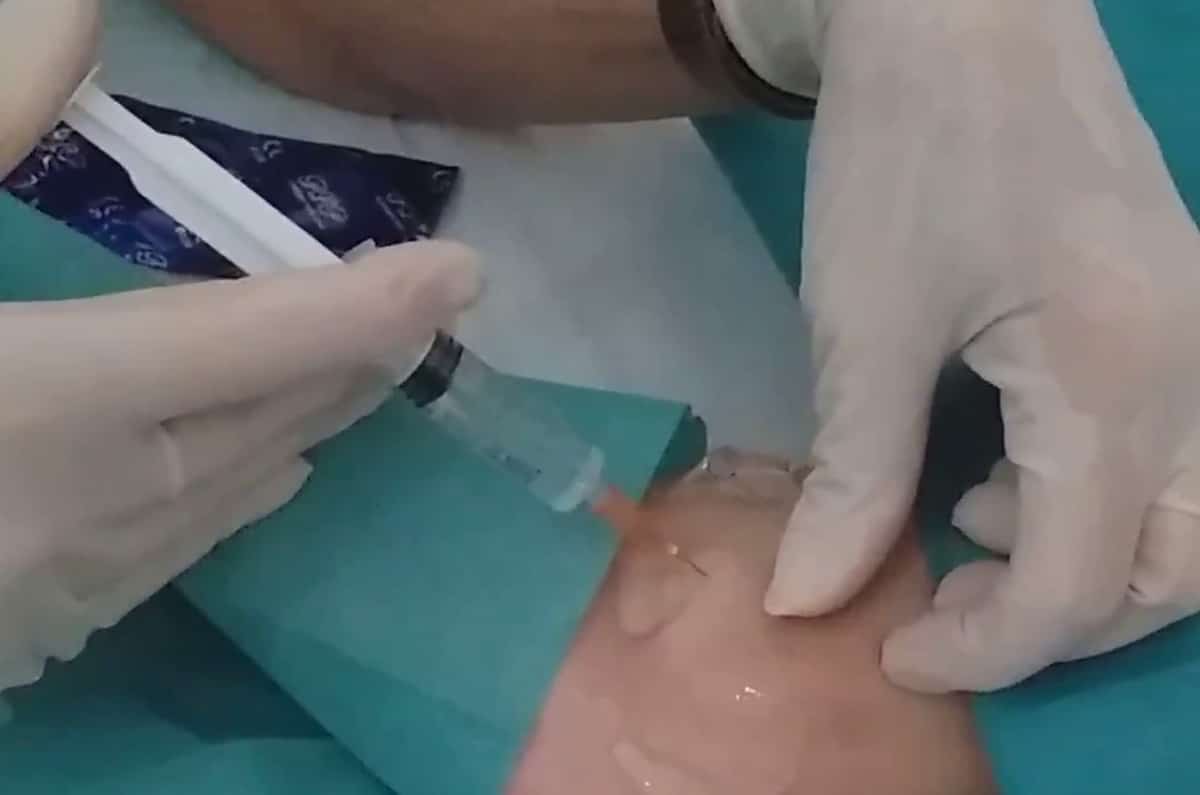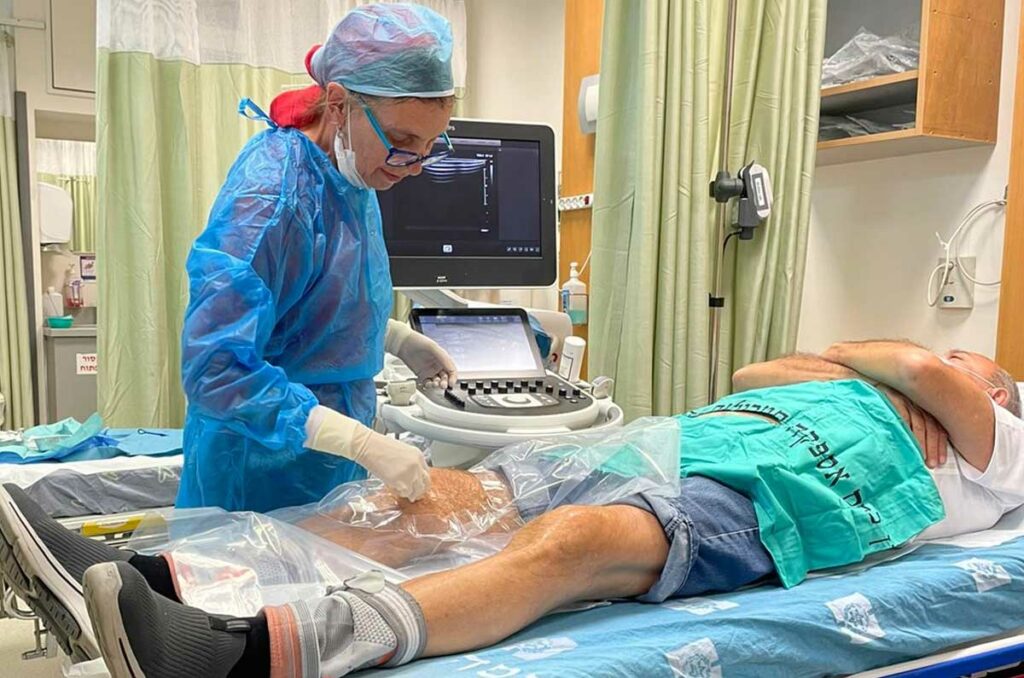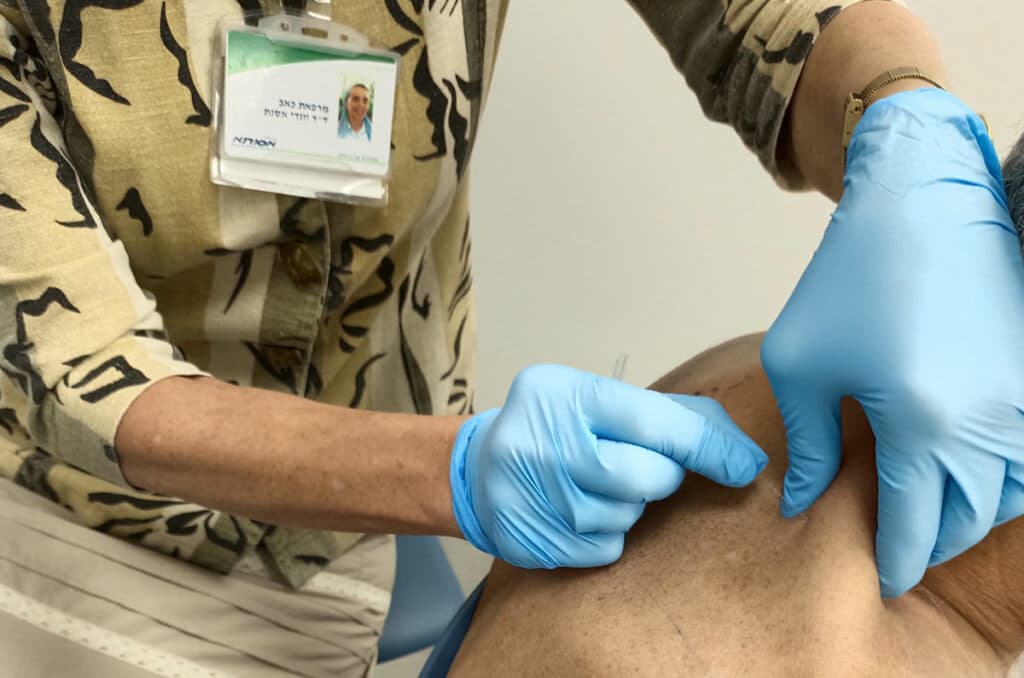The word ‘prolotherapy’ is derived from the word ‘proliferate’. This treatment employs the injection of dextrose (the same glucose molecule we have in our bodies) into the damaged tissue. This incited the manufacture of ‘growth factors’ (not growth hormone) that leads to the recruitment of fibroblasts which manufacture collagen.
In addition, it has been shown that cartilage cells have glucose receptors, so when these cells lie in high glucose concentrations for short bursts of time, the cartilage cells replicate more rapidly and in greater numbers. This can be a potential treatment for mild to moderate osteoarthritis. Prolotherapy has fewer risk factors than steroid injections and in general, is a much healthier and effective rehabilitative treatment. In addition, research has shown that prolotherapy likely has a neuromodulatory effect by inhibiting the pain pathways to the brain. Diabetes is not a contra-indication to treatment. Quite the contrary, blood sugar levels rise with pain. If one can treat the pain effectively, then blood sugar levels will fall!
Because the dextrose that we inject is the same glucose molecule we have in our bodies, we don’t introduce any foreign substance, except for local anaesthetic. Usually, we inject very small volumes of concentrations varying between 15-25% so that at the end of a treatment session, we inject about ¼ teaspoon of sugar, thereby barely affecting serum glucose concentrations, even in diabetics.
Prolotherapy is especially useful in treating low back and neck pain by strengthening the ligaments of the lower back, pelvis and neck, and the facet joint capsules. I usually recommend starting with this treatment before PRP, and only if there is no change, then proceed to PRP. The latter is good, particularly for joints, so it is good for patients with facet joint and sacroiliac joint arthritis.







